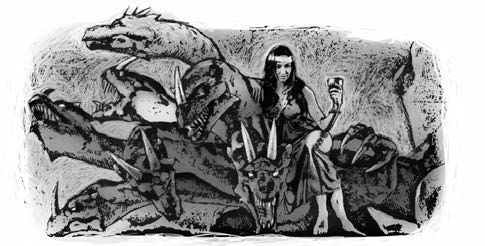Stan Hudson’s world was turned upside down at the age of 19 when his geology professor at the University of California announced that he believed in God. The professor turned out to be a theistic evolutionist, a person who believes that God exists but that the Earth was created through millions of years of evolution.
The stance struck Stan, a budding scientist, as illogical. How could the professor put God, if He existed, in a secondary rather than primary position? Stan also was puzzled with the notion that an all-powerful God could be the source of death. Theistic evolution teaches that death was part of God’s original plan. Generations of animals had to die over millions of years to produce the creatures that inhabit the Earth today.
But Stan was most upset with the realization that scientists were not as open-minded as he had thought, and any scientist who questioned evolution would face a major fight. He didn’t want to fight, so he quit the university.
Six months passed. One day, Stan’s roommate, David L. Friend, asked for a Bible. Stan found one in his room, blew the dust off the cover, and gave it to David to read. Seeing David reading the Bible impressed Stan, and soon he began to read it, too.
After a while, Stan decided to pray. He knelt by his bed and said, “Dear God, it looks like David and I are looking for You. Will You help us?”
The prayer, Stan later said, was probably the most powerful prayer that heaven has ever heard from him.
Over the next few weeks, God grew bigger and bigger as He answered small prayers, Stan said. For example, once Stan told David, “Let’s sell our sofa,” and immediately they heard a knock on the door. Outside, a neighbor asked, “Excuse me, do you have a sofa for sale?”
“A lot of little things like that delighted us,” Stan said. “We realized God could see us and was involved in our lives.”
Stan became an Adventist pastor and served for 38 years in California, Idaho, and Washington State. He never lost his love for science and has been an outspoken advocate of the biblical six-day Creation week on Hope Channel and 3ABN. He now directs the North Pacific Union Conference’s Creation Study Center in Ridgefield, Washington.
“Adventists are pretty much the last Creation-believing denomination, and I am proud to be associated with it,” he said. “It’s our mission specifically to preach about the God ‘ “who made heaven and earth, the sea and springs of water.” ’ (Rev. 14:7, NKJV). I like to turn up the volume on the first angel’s message.”

